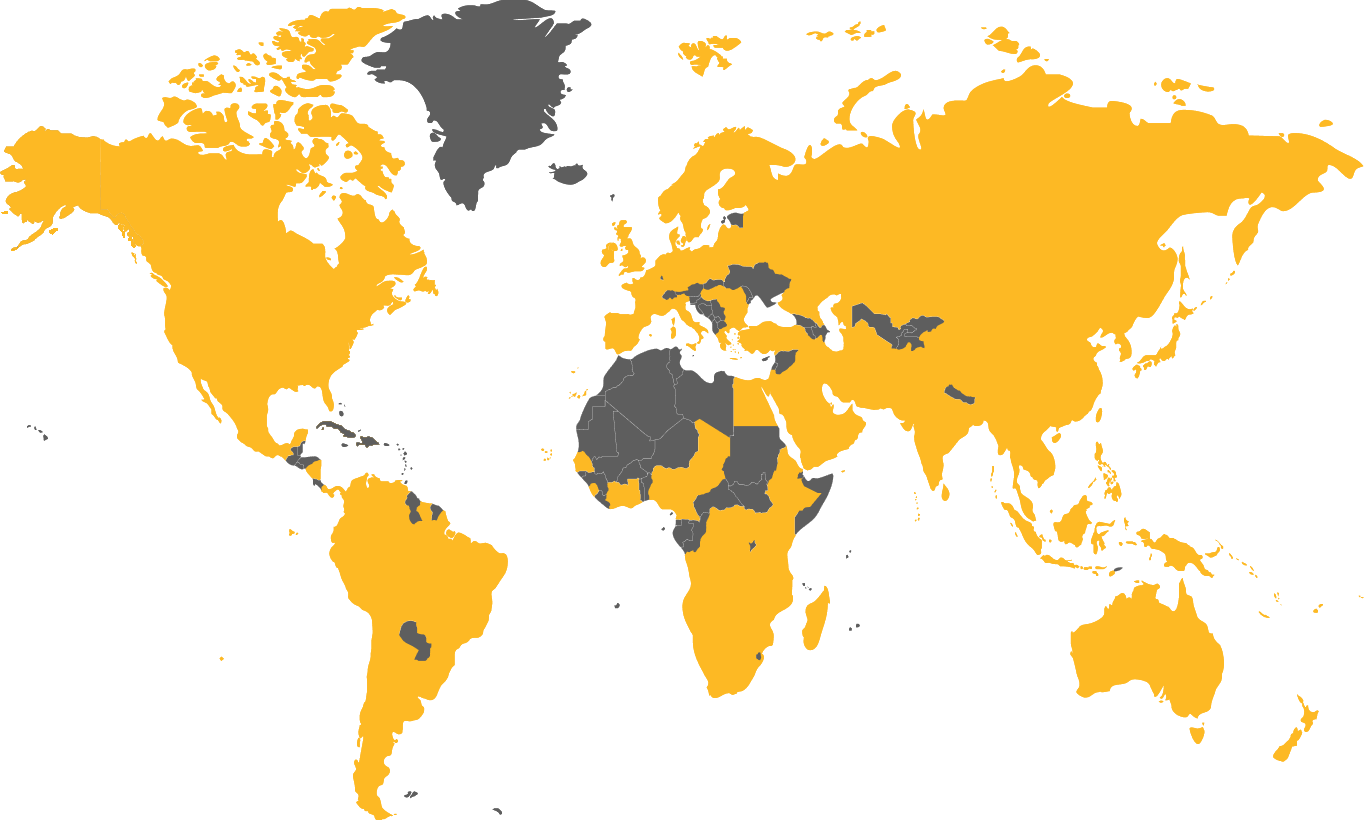The ‘Atacama Project’ was formed in 1979 in northern Chile as part of a joint venture between GE subsidiary Utah International and Getty Oil. Exploration began in late 1979, and by 1981 copper was discovered.
The team worked in what is widely known as the driest place on earth (some places in the Atacama Desert have not had rainfall for over 400 years), and their perseverance paid off. The discovery Escondida was considered to be the largest, undeveloped, copper orebody in the world.
Fast forward to 2013, and the expansion by BHP Billiton of the desalination plant in Antofagasta, Chile to provide the water requirements of the Minera Escondida copper mine meant that the Australian owned needed to quickly and efficiently expand their HDPE welding capabilities.
Across the globe, mine sites will generally bring in contractors to undertake poly welding, but BHP Billiton knew that by having their own crews and equipment as well as using external contractors, they could get the job done significantly faster and more affordably, and be able to control their QA in house when urgent jobs needed to be completed.
At the inclusion of 1400mm OD polyethylene pipe in the project, BHP Billiton added yet another worldpoly machine to their fleet, which now includes 1600, 1200, 630 and 315mm models. The addition of this machine now gives the company the capacity to weld all diameters of polyethylene pipe installed across all facilities in Chile.
Two further worldpoly1600 machines, each capable of welding polyethylene pipe from 900mm to 1600mm OD, were supplied for this project via the Chilean company San Vicente.
“The Escondida Water Supply project team will construct a new seawater desalination plant, which will be linked to the Escondida mine site in the Andes by two 180 kilometer lined pipelines. Four high-pressure pumping stations will move water east from the port across the Atacama Desert and up to a reservoir at the mine, 3,200 meters above sea level” states Bechtel






